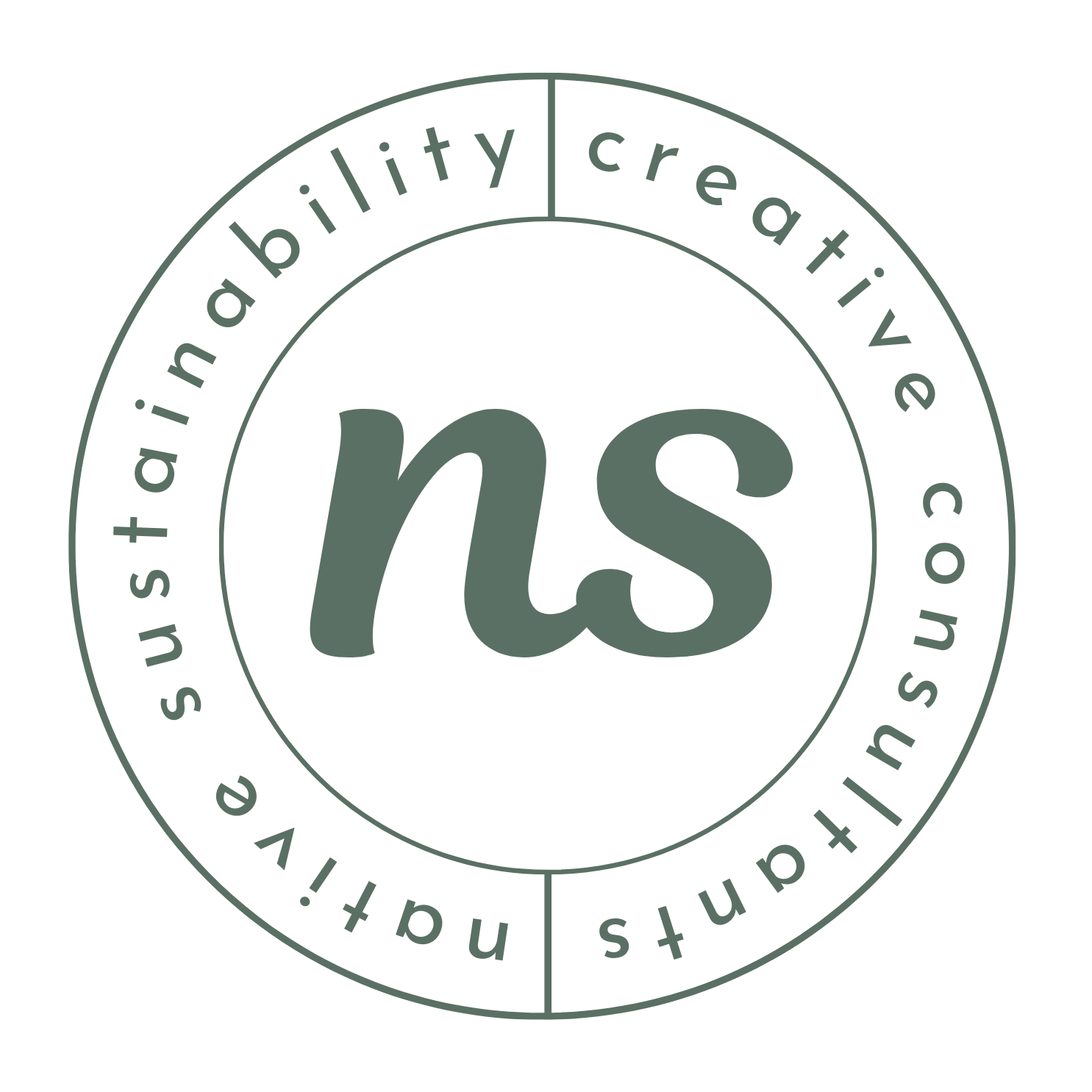On September 24, 2015, Environmental Initiative held a press conference with Mayor Chris Coleman and representatives from St. Paul Port Authority and MN Pollution Control Agency. The star of the show? “Becky Sue”, a 38 year old diesel tugboat that is due for a makeover.
For 10 years, Project Green Fleet, a program of the Environmental Initiative and the MPCA, has worked with businesses, government, and nonprofits to retrofit diesel vehicles. These trucks, boats, and buses contribute to 50% of Minnesota’s air pollution affecting the health, economy, and environment of the state. Since its start, the project has upgraded 3,284 school buses, 1,304 trucks, and other heavy-duty vehicles with a total reduction of 27 tons of particulate matter emissions each year or 500,000 cars off the road annually.
Soon, “Becky Sue” will have two new diesel engines reducing air pollution equivalent to removing 12,000 cars off the road each year! Project Green Fleet relies on public and private investments to support this work and hope to double their efforts with more projects.
Is there a “Becky Sue” needing an upgrade in your city or county? Push local government to look into the maintenance of publicly funded fleets and push businesses to pursue possible equipment retrofits. These actions can add to the new and improved eco-fleet of Project Green Fleet.




